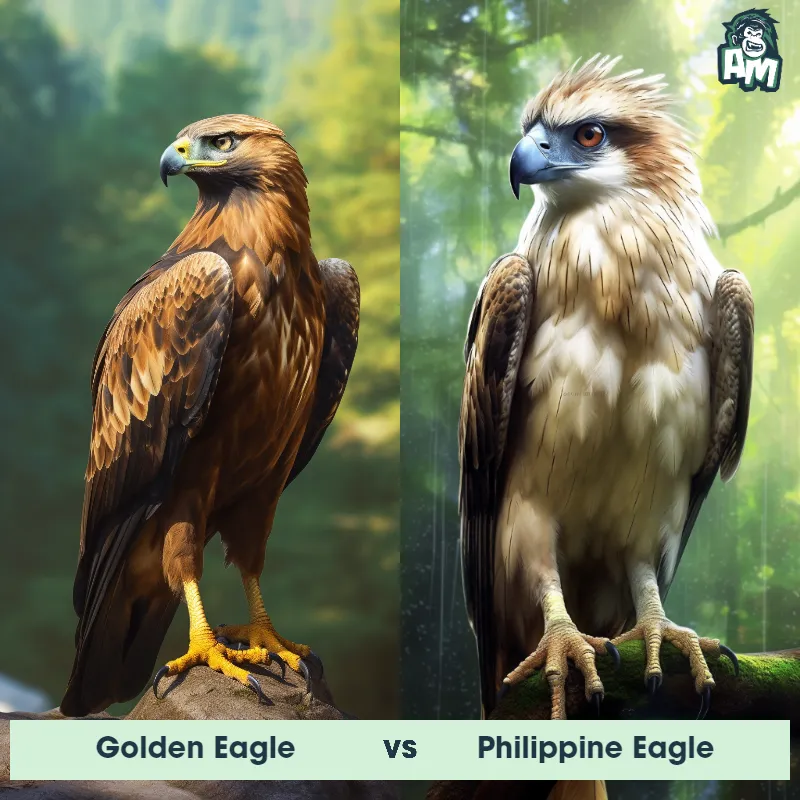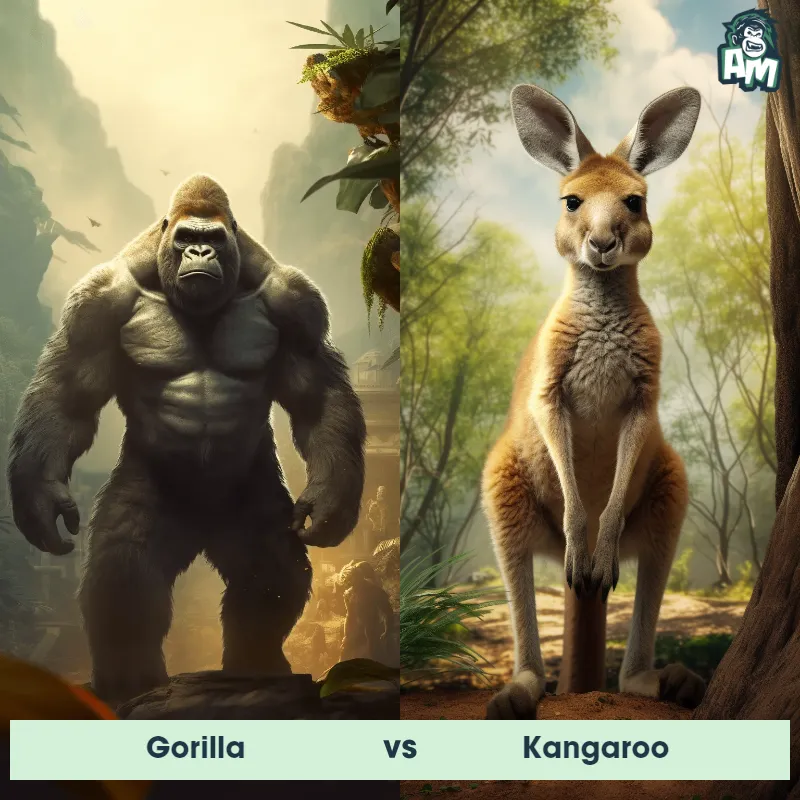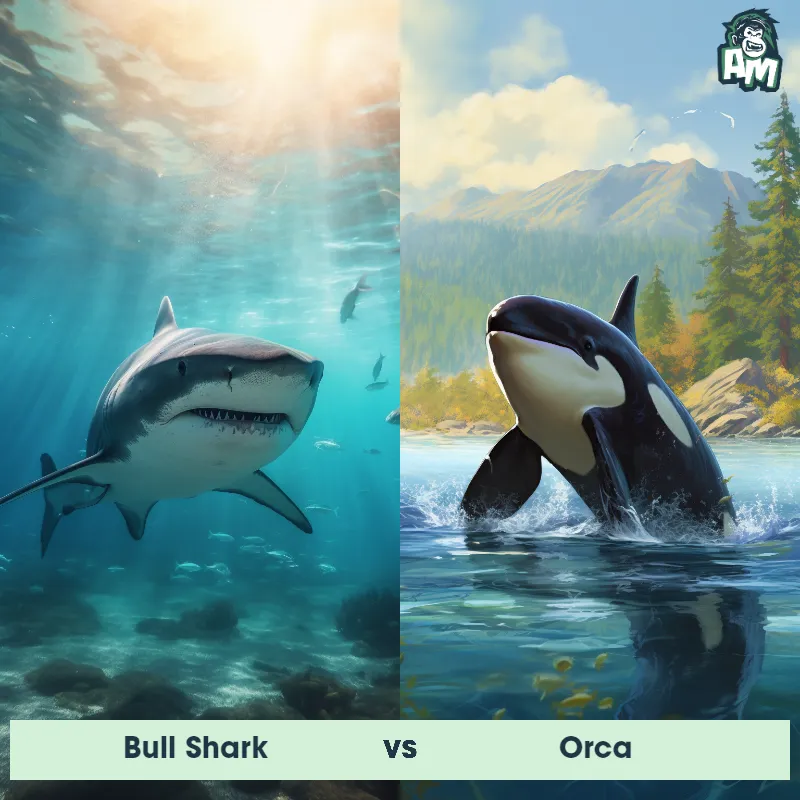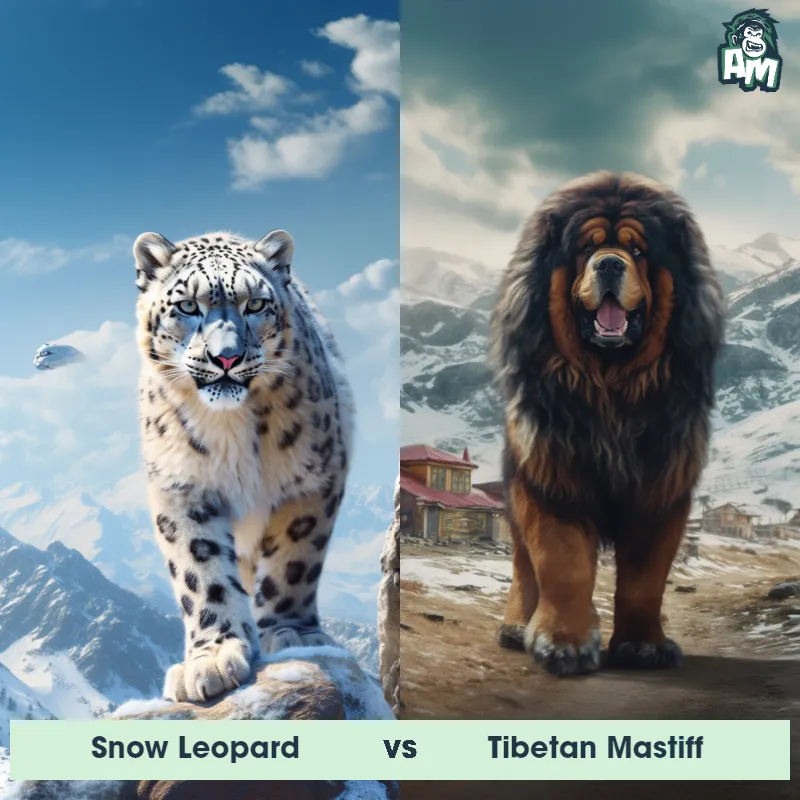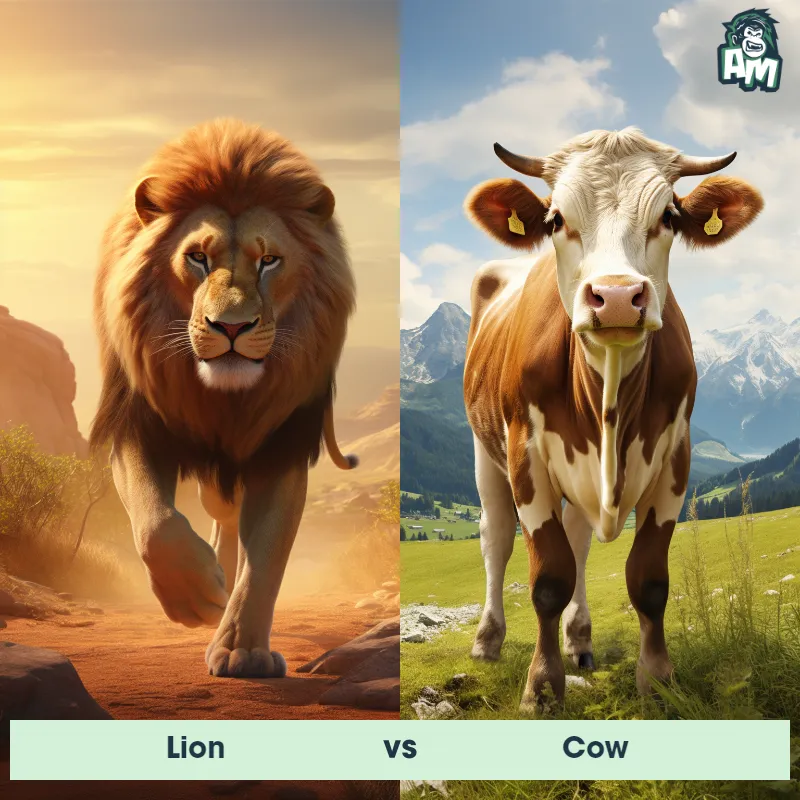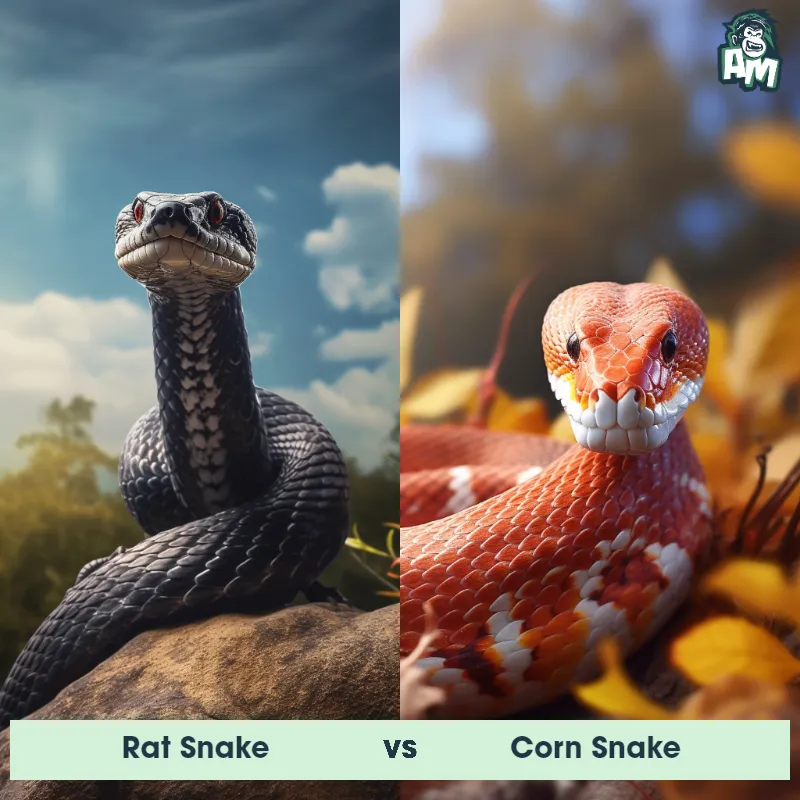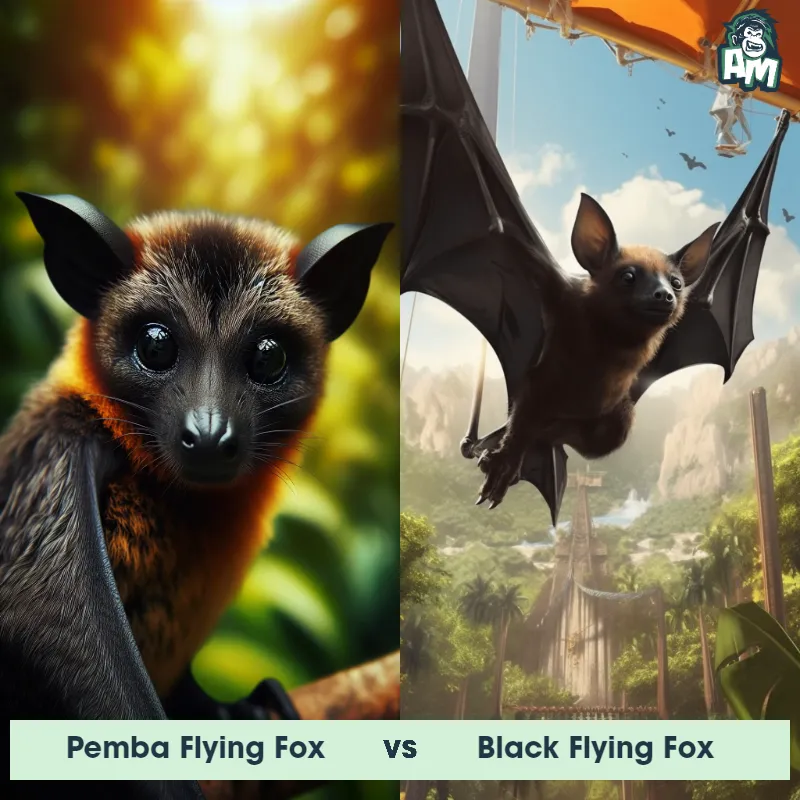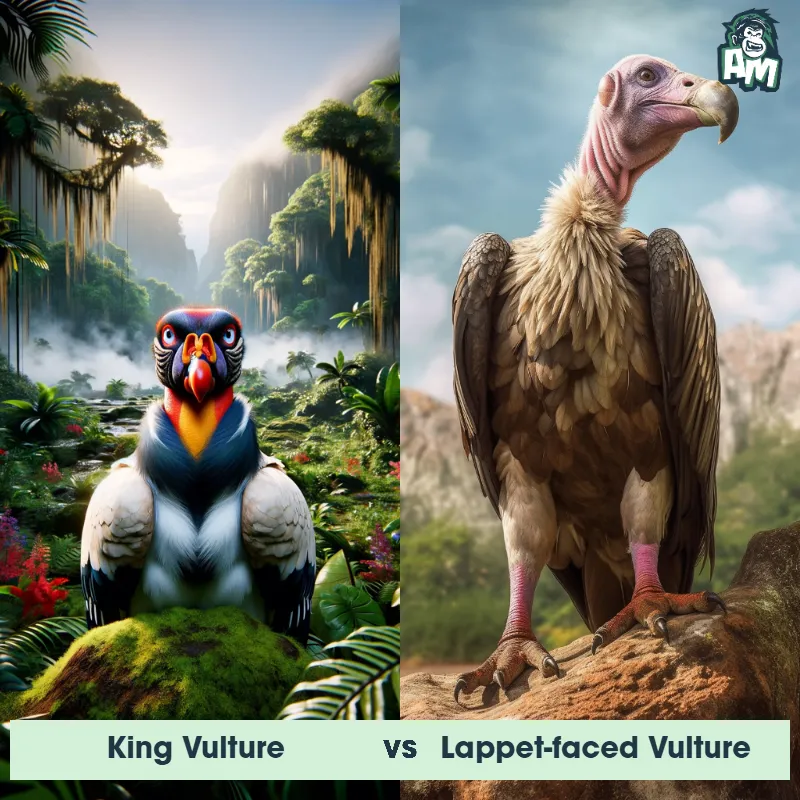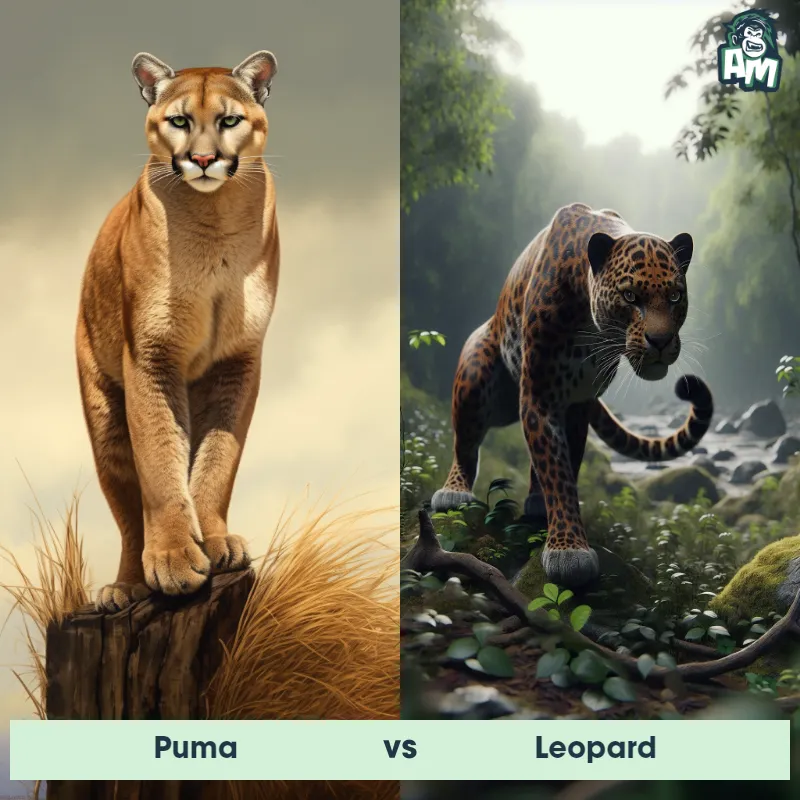Bobcat vs Canadian LynxSee Who Wins
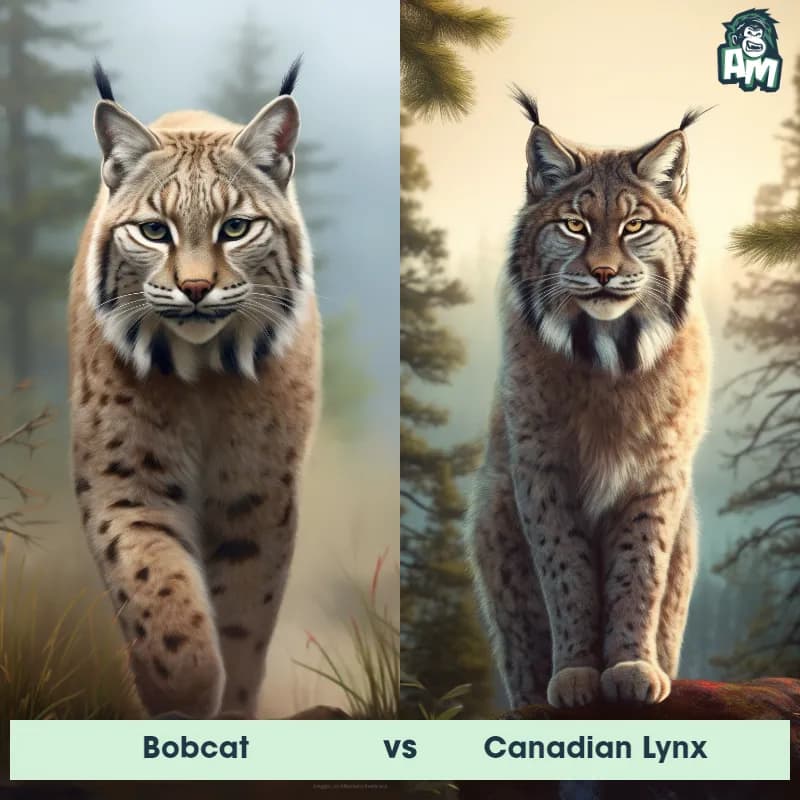
Welcome to this thrilling three-round clash between two of nature's most elusive feline predators: the tenacious Bobcat and the stealthy Canadian Lynx! We're about to witness a mesmerizing display of agility, stealth, and strategy as these two formidable cats engage in a battle for dominance.
Contender 1: Bobcat
The Bobcat, also known as Lynx rufus, is a medium-sized wild cat native to North America. They have short, reddish-brown fur with black spots and tufted ears. Bobcats are known for their distinctive short tails, which are only 5-6 inches long. They are solitary animals and are most active at dawn and dusk. Bobcats are skilled hunters and prey on small mammals, birds, and reptiles.
Fun Fact: Bobcats are excellent climbers and can easily scale trees to escape predators or hunt prey.
Contender 2: Canadian Lynx
The Canadian Lynx, also known as the Canada Lynx, is a medium-sized wild cat native to North America. They have distinctive tufted ears, short tails, and large paws that help them navigate through deep snow. Their fur is thick and soft, ranging in color from grayish-brown to reddish-brown with black spots. They are solitary animals and primarily hunt snowshoe hares, but will also eat rodents, birds, and occasionally larger prey like deer.
Fun Fact: Canadian Lynx have a unique adaptation in their paws that allows them to walk on top of deep snow, which is crucial for hunting in their snowy habitat.
Matchup Stats
| Bobcat | Canadian Lynx | |
|---|---|---|
| Size | 2-3 feet (0.6-0.9 meters) in length | 18-24 inches (46-61 cm) at the shoulder |
| Weight | 15-30 pounds (6.8-13.6 kilograms) | 18-24 pounds (8-11 kg) |
| Speed | Speed: 30 mph (48 km/hr) | Speed: 50 mph (80.5 km/hr) |
| Key Strength | Powerful legs and sharp claws | Powerful legs for jumping and pouncing |
| Biggest Weakness | Small size compared to other predators | Not as strong in close combat |
Current Votes
Bobcat vs Canadian Lynx
See Who Wins
View More Matches
Looking For More?
Similar Matches
Scientific Stats
| Bobcat | Canadian Lynx | |
|---|---|---|
| Scientific Name | Lynx rufus | Lynx canadensis |
| Family | Felidae | Felidae |
| Habitat | Forests, deserts, suburban areas | Forests and tundra |
| Geography | North America | North America |
| Diet | Small mammals, birds, reptiles | Snowshoe hares, rodents, birds, and occasionally larger prey like deer |
| Lifespan | 10 years - 15 years | 10 years - 15 years |
Key Differences between Bobcat and Canadian Lynx
- Leg length: The Canadian Lynx has longer legs than the Bobcat, which gives it a more lanky appearance.
- Size: The Canadian Lynx is larger than the Bobcat, with a body length of up to 3 feet and a weight of up to 24 pounds, while the Bobcat is typically around 2 feet in length and weighs up to 33 pounds.
- Paw size: The Canadian Lynx has larger paws than the Bobcat, which are adapted for walking on snow and hunting prey in deep snow.
- Coat color: The Canadian Lynx has a grayish-brown coat with black spots, while the Bobcat has a reddish-brown coat with black spots.
- Ear tufts: The Canadian Lynx has longer ear tufts than the Bobcat, which are usually around 1 inch in length.
- Tail length: The Bobcat has a shorter tail than the Canadian Lynx, which is usually around 6 inches in length, while the Canadian Lynx's tail can be up to 9 inches long.



